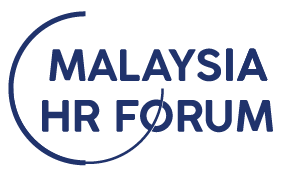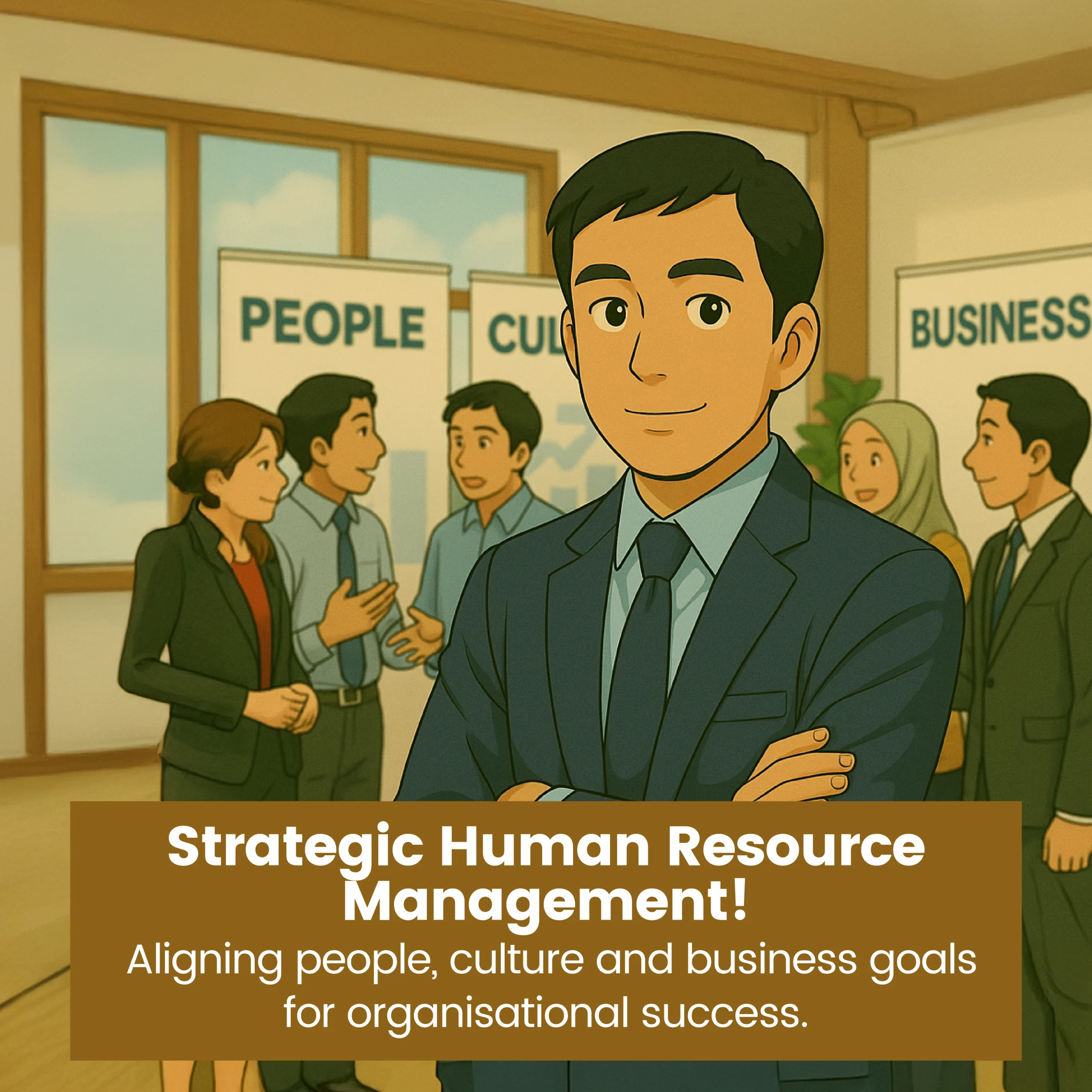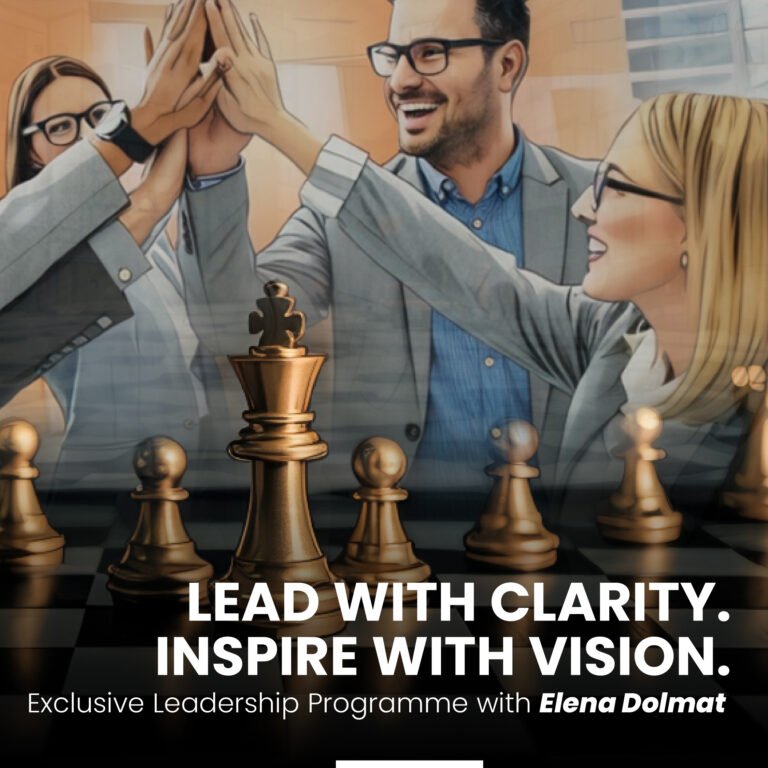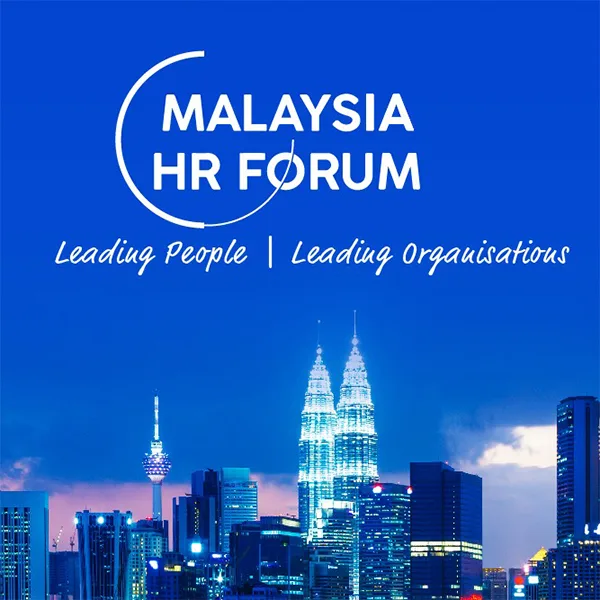In today’s dynamic business environment, organisations cannot afford to treat human resource management as a purely administrative function. Strategic Human Resource Management (SHRM) transforms HR into a critical partner that shapes organisational direction, drives performance, and fosters innovation.
This comprehensive approach aligns HR policies and practices with the broader organisational strategy, ensuring that talent management, performance, and culture directly contribute to business success.
Whether you are an HR professional eager to elevate your strategic impact or a senior leader aiming to harness your workforce’s full potential, understanding SHRM is essential.
What is Strategic Human Resource Management?
Strategic Human Resource Management is the proactive management of people that supports an organisation’s long-term goals. Unlike traditional HR, which often focuses on day-to-day tasks, SHRM integrates HR strategy with business strategy to improve organisational effectiveness. You can learn more from the Strategic HRM with Malaysia HR Forum.
Key components include:
- Aligning HR initiatives with corporate objectives
- Developing talent pipelines that meet future skills needs
- Using data analytics to inform HR decisions
- Fostering inclusive and innovative workplace cultures
- Managing performance to motivate and retain top talent
Why SHRM Matters More Than Ever
Organisations face rapid changes such as digital transformation, global competition, and evolving employee expectations. SHRM helps companies remain agile by:
Driving Organisational Performance: By linking HR to key business goals, SHRM ensures that people strategies directly contribute to outcomes like revenue growth, customer satisfaction, and innovation.
Attracting and Retaining Talent: Strategic talent management attracts high-potential employees who are aligned with the organisation’s vision. For actionable tips, see our guide on Talent Management best practices.
Cultivating Culture and Diversity: A strategic approach fosters an inclusive culture that supports creativity and engagement.
Making Data-Driven Decisions: HR analytics allow leaders to measure the impact of HR initiatives and adjust strategies accordingly.
Key Elements of Strategic Human Resource Management
1. Aligning HR with Organisational Strategy
Every HR activity should support your company’s vision and objectives. This means translating business goals into workforce plans, recruitment strategies, and learning programmes.
2. Talent Management and Development
Identify critical roles and build pathways for leadership development, succession planning, and skills training. You can explore our Leadership Development programmes to see how structured initiatives can accelerate growth and readiness for future leadership roles.
3. Performance Management
Implement systems that set clear expectations, provide feedback, and reward excellence.
4. Organisational Culture and Diversity
Promote values that encourage innovation, respect differences, and engage employees.
5. HR Analytics
Use data to track workforce trends, predict challenges, and measure HR’s contribution to business results.
6. Change Management and Agility
Prepare your people and processes to adapt swiftly in a changing environment.
7. Strategic Communication
Ensure HR’s role and initiatives are clearly communicated and understood by all stakeholders.
Who Should Consider SHRM Training?
- HR Professionals eager to move beyond administrative roles and become strategic business partners
- Organisational Leaders and Executives wanting to leverage people strategy to drive growth and innovation
- Managers and Team Leaders responsible for aligning their teams with company goals
Course Overview for Strategic Human Resource Management Training
Participants will cover:
- The fundamentals of SHRM and its importance
- Techniques to align HR with organisational goals
- Talent management frameworks
- Performance management for success
- Building culture and diversity
- HR analytics and data-driven decisions
- Change management
- Ethical and legal considerations
- Real-world case studies and best practices
- Practical group work and presentations
For a global perspective, explore the SHRM Overview of Strategic HRM to complement your learning.
Strategic Human Resource Management is no longer optional. It is critical for organisations aiming to compete and grow in a complex global marketplace. By integrating HR into the core strategy, companies can unlock the full potential of their people and create sustainable success.
If you want to transform HR into a strategic powerhouse that drives your organisation forward, investing in Human Resources knowledge and skills is the first step
Frequently Asked Questions
1. How does SHRM apply within the Malaysian business context?
In Malaysia, SHRM helps organisations align HR policies with national labour laws while supporting long-term business growth. HR leaders must ensure all strategies comply with the Employment Act 1955 and other relevant regulations.
2. What legal considerations should be included in SHRM for Malaysian companies?
SHRM planning must account for statutory requirements such as minimum wage, working hours, and employee benefits. Employers can refer to the FAQ on Minimum Wage Order 2024 to ensure compliance with current pay standards.
3. How can Malaysian organisations integrate talent management into SHRM?
Companies should develop structured career paths, succession plans, and leadership pipelines. You can explore our Leadership Development programmes for strategies that align with Malaysian workforce needs.
4. Where can HR leaders find official guidance on workplace issues in Malaysia?
The Ministry of Human Resources Malaysia provides comprehensive FAQs on Employment and Labour Laws covering contracts, overtime, disputes, and complaint procedures.
5. How does SHRM support diversity and inclusion in Malaysia’s multicultural workforce?
SHRM encourages policies that celebrate cultural diversity while ensuring fair treatment for all employees. This includes inclusive recruitment, equitable pay, and diversity training that aligns with Malaysia’s multi-ethnic workplace culture.
